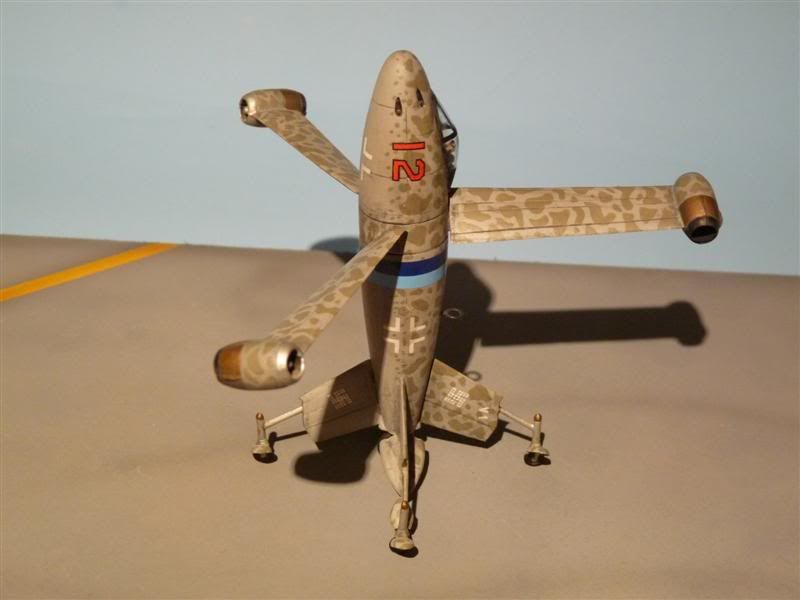Another Tiergarten bird sanctuary reference, this one from the Cornelius Ryan book I mentioned:
http://diendan.vnthuquan.net/tm.aspx?m=175644&mpage=1
“Wave after wave of planes hit the city. As fast as squadrons exhausted their ammunition, they peeled off to the east, to be replaced by others swarming in to the attack. The surprise Russian raid added a new dimension of terror to life in Berlin. Casualties were heavy. Many civilians were hit not by enemy bullets, but by the returning fire from the city’s defenders. To get the low-flying planes in their sights, anti-aircraft crews had to depress their gun barrels almost to tree-top level. As a result, the city was sprayed with red-hot shrapnel. The shell fragments came mainly from the six great flak towers that rose above the city at Humboldthain, Friedrichshain, and from the grounds of the Berlin Zoo. These massive bombproof forts had been built in 1941-42 after the first Allied attacks on the city. Each was huge, but the largest was the anti-aircraft complex built, incongruously, near the bird sanctuary in the zoo. It had twin towers. The smaller, called L Tower, was a communications control center, bristling with radar antennae. Next to it, guns now erupting with flame, stood G Tower. G Tower was immense. It covered almost the area of a city block and stood 132 feet high –equivalent to a 13-story building. The reinforced concrete walls were more than 8 feet thick, and deep-cut apertures, shuttered by 3- to 4-inch steel plates, lined its sides. On the roof a battery of eight 5-inch guns was firing continuously, and in each of the four turreted corners multiple-barreled, quick-firing “pom pom” cannons pumped shells into the sky.”







